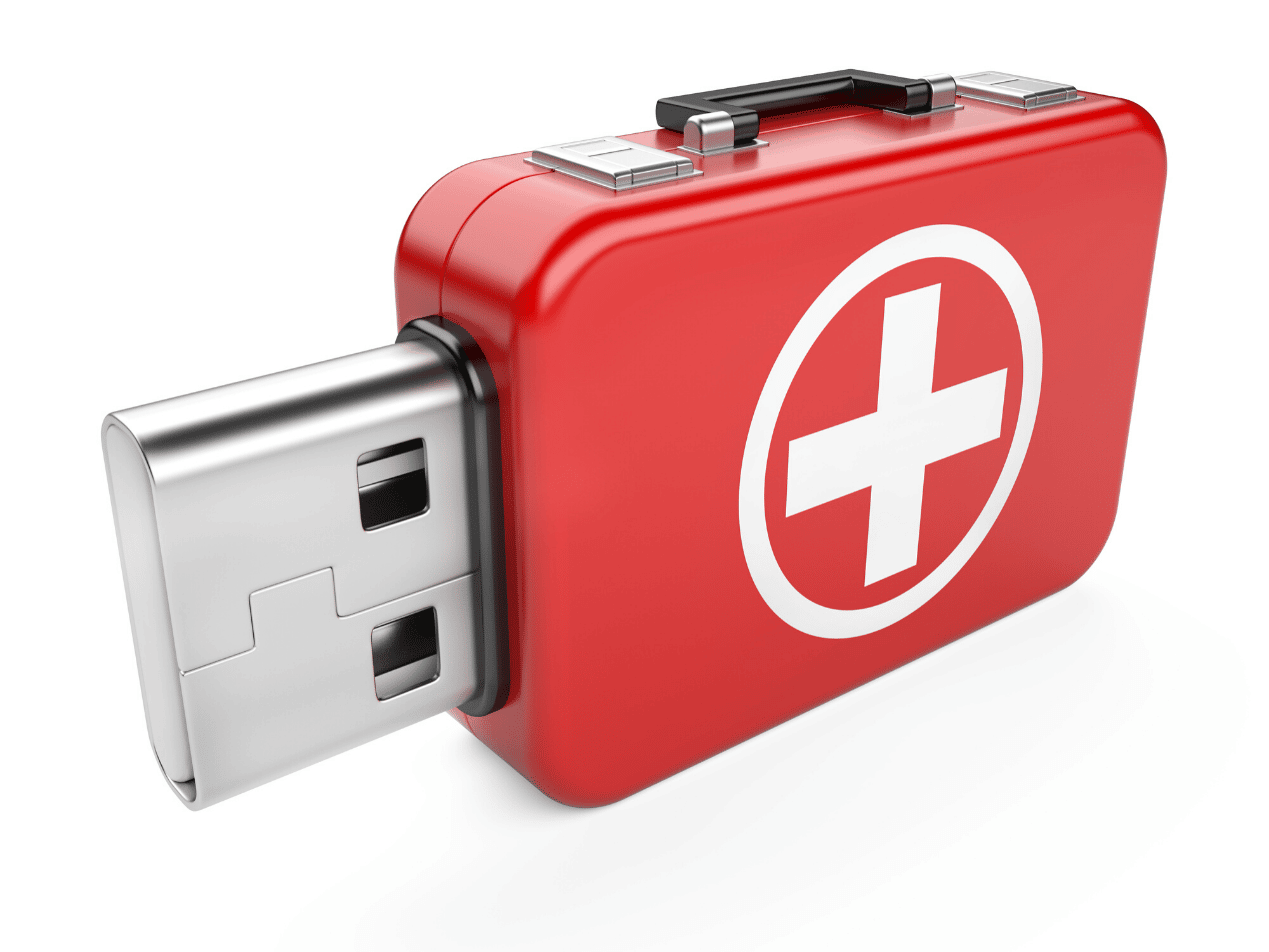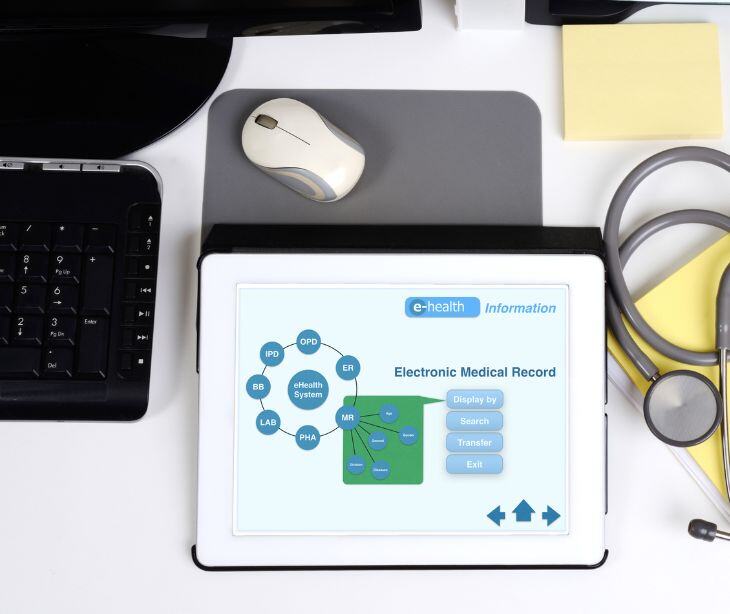
An electronic information system (EIS) is a system that utilizes electronic technology to gather, store, process, retrieve, and disseminate information. It encompasses various components, such as hardware, software, data, procedures, and personnel, to facilitate the management and flow of information within an organization or across multiple entities.
Key characteristics of electronic information systems
- Electronic data processing (EDP): EISs can process data electronically, which involves converting raw data into meaningful information through various computational processes.
- Data storage and retrieval: EISs provide mechanisms for storing vast amounts of data in electronic formats, enabling quick and efficient retrieval of relevant information when needed.
- Information sharing and communication: These systems facilitate the sharing and communication of information among users within or across different organizations, often through networks and communication channels.
- Decision support: Many electronic information systems incorporate features designed to support decision-making processes by providing timely and relevant information to decision-makers.
- Automation: EISs often automate routine tasks such as data entry, processing, and reporting, thereby increasing efficiency and reducing manual effort.
- Security: Given the sensitivity of much of the information these systems process, security measures such as encryption, access controls, and authentication mechanisms are typically implemented to protect data confidentiality, integrity, and availability.
See also: HIPAA Compliant Email: The Definitive Guide
Electronic information systems in healthcare
EIS offers a wide range of functionalities to improve patient care, streamline administrative tasks, and enhance overall efficiency. Here's how an EIS works within health systems:
Electronic health records (EHR)
- One of the primary functions of an EIS in healthcare is to maintain EHRs for patients.
Clinical decision support (CDS)
- EIS often includes clinical decision support systems that assist healthcare providers in making evidence-based decisions at the point of care.
Health information exchange (HIE)
- EIS facilitates the exchange of patient information between different healthcare organizations and systems through HIE networks.
- HIE promotes care coordination, eliminates redundant tests and procedures, and ensures that clinicians can access comprehensive patient information regardless of where the care is delivered.
Telemedicine and remote monitoring
- EIS supports telemedicine initiatives by enabling virtual consultations between patients and healthcare providers through secure communication channels.
- Additionally, EIS facilitates remote patient monitoring by collecting and transmitting vital signs, biometric data, and other health metrics from patients' homes to healthcare providers.
Administrative functions
- EIS streamlines administrative processes within healthcare organizations, such as appointment scheduling, billing, claims processing, and inventory management.
Types of electronic information systems
- Enterprise resource planning (ERP) systems: ERP systems integrate core business processes such as finance, human resources, procurement, manufacturing, and supply chain management into a unified platform.
- Customer relationship management (CRM) systems: CRM systems manage interactions with current and potential customers, including sales, marketing, and customer service activities.
- Supply chain management (SCM) systems: SCM systems optimize the planning, execution, and monitoring of supply chain activities, including procurement, production, inventory management, and logistics.
- Business intelligence (BI) systems: BI systems collect, analyze, and present business data to support decision-making processes. They provide insights into key performance indicators, trends, and patterns, helping organizations identify opportunities, mitigate risks, and improve performance.
- Content management systems (CMS): CMS platforms manage the creation, storage, retrieval, and publication of digital content such as documents, images, videos, and web pages.
- Knowledge management systems (KMS): KMS platforms capture, organize, and disseminate knowledge and expertise within an organization. They facilitate knowledge sharing, collaboration, and learning initiatives, helping organizations leverage their intellectual capital more effectively.
- Health information systems (HIS): HIS encompasses EIS specifically designed for healthcare settings, including electronic health records (EHR), clinical decision support systems (CDS), health information exchange (HIE) networks, and telemedicine platforms. They support patient care delivery, clinical decision-making, and administrative functions in healthcare organizations.
- Financial management systems: Financial management systems automate financial processes such as accounting, budgeting, billing, and reporting. They help organizations manage their finances efficiently, comply with regulatory requirements, and achieve financial objectives.
- Human resource information systems (HRIS): HRIS platforms manage human resource-related processes such as employee records, payroll, benefits administration, recruitment, and performance management.
- Geographic information systems (GIS): GIS systems capture, analyze, and visualize spatial data to support decision-making processes related to location-based issues. They are used in various fields such as urban planning, environmental management, transportation, and public health.
FAQs
How does HIPAA affect Electronic Information Systems (EIS) in healthcare?
HIPAA regulations apply to EIS used in healthcare settings, requiring organizations to implement safeguards to protect the confidentiality, integrity, and availability of patients' PHI. This includes implementing security measures such as access controls, encryption, audit trails, and risk assessments to ensure compliance with HIPAA requirements.
See also: Understanding and implementing HIPAA rules
What are some common security measures implemented in EIS to comply with HIPAA?
Common security measures implemented in EIS to comply with HIPAA include:
- Access controls to limit access to PHI based on roles and permissions.
- Encryption of ePHI during transmission and storage.
- Audit trails to track access to PHI and detect unauthorized activities.
- Regular risk assessments to identify and mitigate security risks.
- Employee training and awareness programs to educate staff on HIPAA requirements and security best practices.
What are the advantages of using an electronic information system?
Electronic information systems offer many advantages that contribute to increased productivity, improved decision-making, cost savings, and better customer service, ultimately driving organizational success.
Subscribe to Paubox Weekly
Every Friday we'll bring you the most important news from Paubox. Our aim is to make you smarter, faster.




